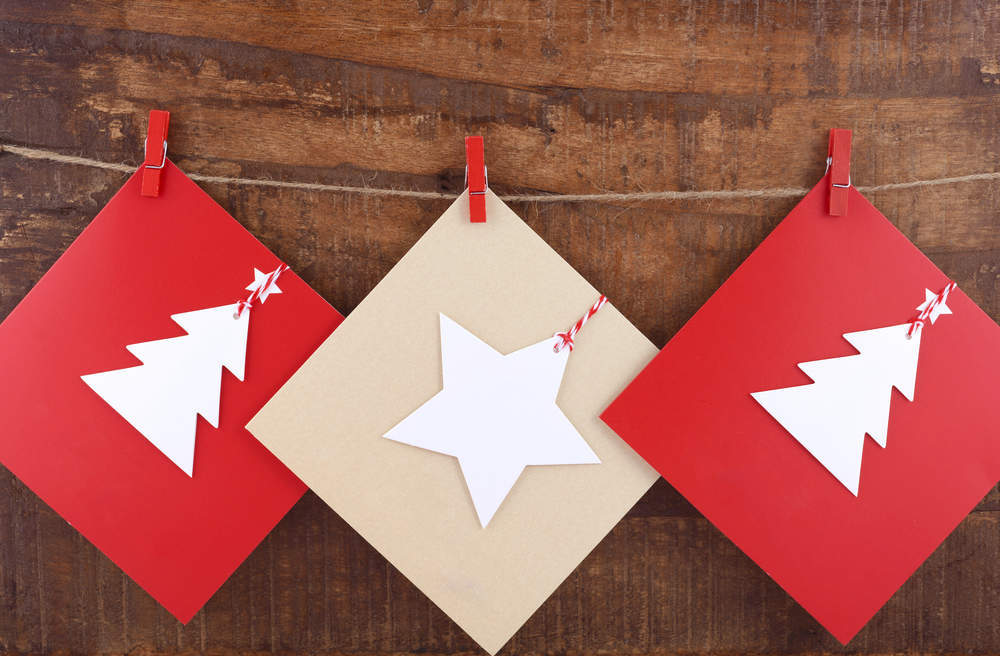
They say good things come in small packages, but the National Physical Laboratory (NPL) haven taken this idea to the extreme with the world’s smallest Christmas card.
The UK measurement standards laboratory has created a greetings card measuring 15 micrometers by 20 micrometers (each micrometer is one millionth of a meter),10 times smaller than the previous record-holder, set in 2009.
To put this in perspective, a postage stamp could fit 20m of the cards in it, while a cubic meter (similar to the size of a post box) could fit 7 quadrillion, roughly 900,000 for every person on Earth.
The card would have to be magnified 5,000 times to make it just 10cm in height — expanding a postage stamp 5,000 times would make it the size of a football field.
The festive card is made out of platinum-coated silicon nitride and scientists used an ion beam to illustrate its cover with an etching of a snowman and the words “seasons greetings, from NPL” inside.
How well do you really know your competitors?
Access the most comprehensive Company Profiles on the market, powered by GlobalData. Save hours of research. Gain competitive edge.

Thank you!
Your download email will arrive shortly
Not ready to buy yet? Download a free sample
We are confident about the unique quality of our Company Profiles. However, we want you to make the most beneficial decision for your business, so we offer a free sample that you can download by submitting the below form
By GlobalDataIt is also technically the world’s thinnest platinum card as well, though the amount of the metal is worth only 0.000002 pence.
The card represents more than just a bit of fun however, as its creation saw the use of tools that can be implemented for cutting-edge developments in miniaturising electronics, the creation of new battery materials, and generally understanding and interacting with materials on a tiny scale.
David Cox, who created the card in collaboration with his colleague Kim Mingard, said:
While the card is a fun way to mark the festive season, it also showcases the progress being made in materials research on this scale.
We are using the tools that created the card to accurately measure the thickness of extremely small features in materials, helping to unlock new battery and semiconductor technologies. It’s a genuinely exciting development.




